Plan your Beijing tour? Beijing, China’s bustling capital, is rich in history and culture. For foreign tourists, navigating this vast city can be daunting. However, the Beijing subway, or metro, offers a convenient and efficient way to explore.
In this guide, we will cover everything you need to know about using the Beijing subway. This includes purchasing tickets, understanding the routes, and some tips for a smooth journey. Whether you’re a first-time visitor or a frequent traveler, this guide will help you get around Beijing with ease.
Beijing Subway Overview
The Beijing Subway system boasts more than 20 lines, including main lines, express lines, and suburban lines. This includes the numbered lines (1 through 17), the Batong Line, Changping Line, Daxing Line, Fangshan Line, Yizhuang Line, and the Airport Express Line.
The total length of the Beijing Metro network is staggering. It exceeds 700 kilometers, making it one of the longest subway systems in the world. It has more than 400 stations. It’s an affordable and reliable mode of transportation, making it the best choice for exploring the city. With announcements in both Chinese and English, it’s foreigner-friendly.
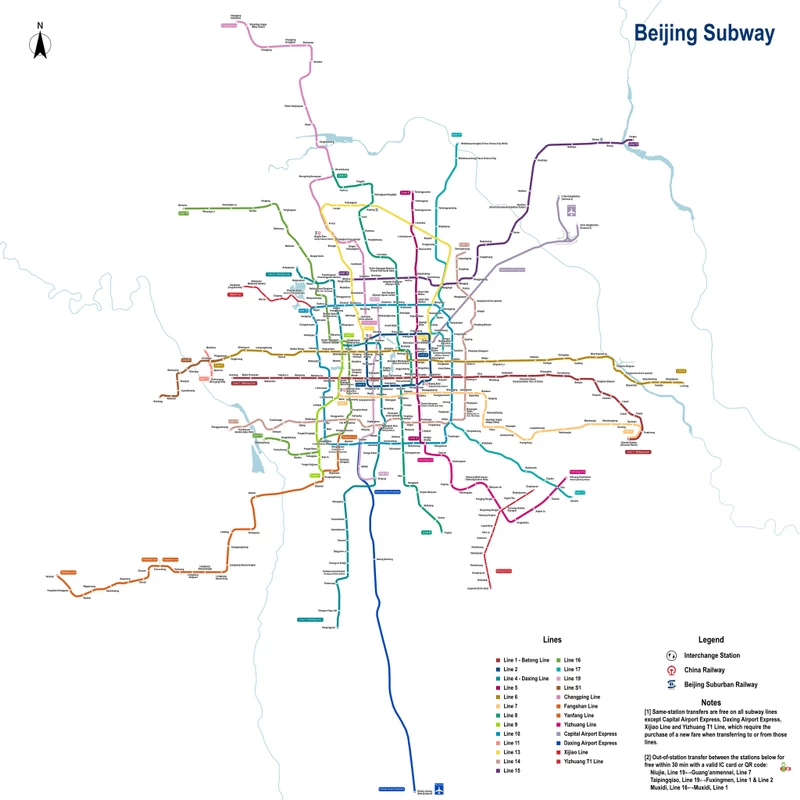
This length is inclusive of all the operational lines, covering the vast expanse of Beijing’s urban and suburban areas.
Main Beijing Subway Lines:
The Beijing Subway offers convenient access to major landmarks across the city. Line 1 runs east-west, passing Tiananmen Square and Wangfujing. Line 4 stops at the Summer Palace and Beijing Zoo. Line 5 connects Temple of Heaven and Lama Temple. Other lines serve key destinations like the Olympic Park and Shunyi District.
| Subway Line 1 : Cuts east-west under Chang’an Avenue. Key stops: Tiananmen Square, Beijing CBD, Wangfujing. |
| Subway Line 4 : Stations include Summer Palace, Yuanmingyuan Park, Beijing Zoo, Pinganli ( Huguosi Street), National Library and Beijing South Railway Station. |
| Subway Line 5 : Stations include Temple of Heaven East Gate, Beixinqiao ( Guijie Street), Lama Temple. |
| Subway Line 6 : Stations include Beihaibei ( Shichahai), Nanluoguxiang, Tongzhou District (Beiguan) |
| Subway Line 9 : Stations include National Library, China Military Museum, and Beijing West Railway Station, |
| Subway Line 10 : Stations include Bagou ( near Summer Palace), Beituchcheng ( connecting Line 8 for Olympic Park), Liangmaqiao, Guomao (CBD), Panjiayuan ( Panjiayuan Antique Market) and Shilihe ( Home |
Suburban lines include Line 13 (an arc in the north), Line 14, Line 15 (to Shunyi District), and more. Each serves different areas, crucial for longer journeys.
Beijing Subway Tickets
Paying for rides on the Beijing Subway is a straightforward process, but it’s important to understand the options and details to ensure a smooth travel experience. Here’s more information on the payment methods and tips:
Payment Options:
1. Use your credit card to buy tickets now (soon swipe it at the gates!)
To enhance the payment convenience for foreign passengers using the subway, starting from June 1, 2024, POS machines have been installed at 335 stations across 17 lines under the management of Beijing Subway.
Foreign passengers can use these machines to pay for tickets and travel using foreign bank cards. In the near future, services such as using MasterCard and other international cards to swipe through gates, purchase single journey tickets, and pay for additional tickets will be gradually implemented.
2. Beijing Pass for foreigners ( to replace Yikatong Card)
You can purchase Beijing Pass ( a kind of Yikatong Card for foreign visitors). The BEIJING PASS is a multi-purpose travel and transportation card issued by Beijing for foreign visitors to China. It was launched on July 31, 2024. The card is issued through sales and can be recharged for repeated use. The BEIJING PASS can be used in public transportation systems in over 300 cities across China, as well as in designated (authorized) commercial, cultural, and tourism areas in Beijing.
BEIJING PASS Usage Scenarios: Currently, the “BEIJING PASS“ covers all transportation scenarios in Beijing, including subway, buses, suburban railways, and metered taxis. In addition, visitors holding the “BEIJING PASS” can use it to purchase tickets on-site for entry to 30 renowned parks and attractions in Beijing, such as the Summer Palace, Temple of Heaven, and the Great Wall at Badaling. The card can also be conveniently used for purchases at 20 designated (authorized) merchants in Beijing, including stores like Watsons and Wumart Supermarkets.
3. Using Subway Apps like Alipay and WeChat
1) Using Alipay App to Generate a subway ride code
In Beijing, passengers can easily access the subway using Alipay by scanning a QR code. Here’s how to get your ride code:
- Open the Alipay app and go to the home page.
- Select “Beijing Transport” and then choose “Metro.”
- Your ride code will be automatically generated.
- Scan the code at the subway entrance to enter.
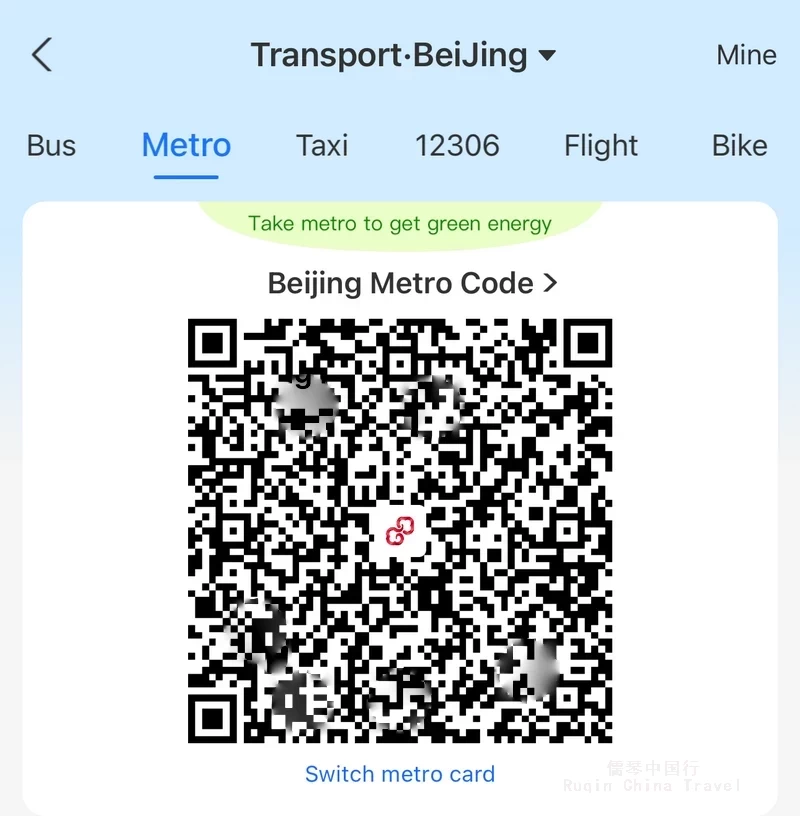
In Xi’an, passengers can also use Alipay to scan a QR code for subway access. The steps are as follows:
- Obtain the Xi’an electronic subway card for free through Alipay.
- Scan the code to ride, no need to queue for tickets, saving time.
Additionally, over 200 cities nationwide, including Nanjing and Hangzhou, support Alipay QR code subway rides.
2) Using WeChat App to Generate a subway ride code
In Beijing and other many cities, you can use WeChat to pay for subway fares.
In Beijing, passengers can use WeChat to scan a QR code for subway rides. The specific steps include: opening WeChat, navigating to “Me – Cards & Offers – Transit Card,” ( 我-卡包-交通卡) selecting Beijing as the city, and then activating the Beijing Metro ride code. Passengers can also access the ride code via the DiDi WeChat mini-program or by adding the Beijing subway ride code in “Me – Cards & Offers – Transit Card” (我-卡包-交通卡) to scan for entry.
In Xi’an, passengers can also use WeChat to pay for subway rides. The steps are: open WeChat, go to “Me – Cards & Offers – Transit Card,” select to add Xi’an’s transit card, and then click “Add” next to the Xi’an ride code to use WeChat for payment.
5. Beijing Subway Single-Ride Tickets
There are several ways to buy a one-way ticket at Beijing subway stations:
- Ticket Counter: You can go directly to the ticket counter, tell the attendant your destination, pay the fare, and receive your ticket.
- Ticket Vending Machines: Self-service machines are available in the subway stations. Select your destination, and the system will calculate the fare. You can then pay using cash, a bank card, or mobile payment. After payment, collect your ticket and enter.
- Mobile Payments: Use apps like Alipay or WeChat to generate a subway ride code. Scan the code at the turnstile to enter. Some ticket machines also accept Alipay and WeChat payments—just scan the QR code on the screen to pay.
- Beijing Pass/Transport Card: If you have a Beijing transport card (like Beijing Pass), simply tap the card on the reader at the entrance. The system will automatically deduct the fare.
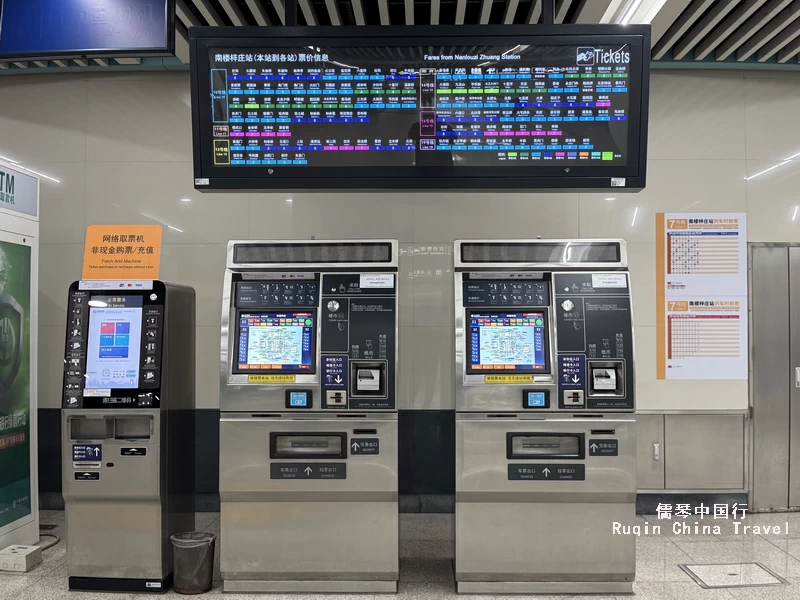
How to Use the Vending Machine
- Select your destination on the screen.
- The machine will display the fare.
- Insert cash (coins or notes) or use a bank card.
- Collect your ticket and change.
6. Using the Beijing Pass
Benefits of Beijing Pass
The smart card offers several benefits, including:
- Discounts on fares
- Convenience of not having to buy a ticket for each ride
- Usable on buses, taxis, and even in some shops
7. How to Purchase and Recharge Beijing Pass
Getting around Beijing is easy and affordable with the Beijing Pass. Once you’ve arrived in the city, you can purchase the pass at major points like Beijing Capital International Airport or Daxing International Airport.
It’s also available at subway stations and the Municipal Transportation One Card service centers, including Dongzhimen and Xidan. You’ll need to present your passport or other valid ID (such as a Hong Kong or Macau Travel Permit or a Taiwanese Travel Permit) to buy the card.
Beijing Metro Fare Structure
The subway uses a distance-based fare system. The cost increases incrementally based on the distance traveled. Fares start at 3 yuan for trips up to 6 kilometers, with incremental increases for longer distances.
Children’s Policy:
Children below a certain height (usually 1.3 meters) travel for free when accompanied by a paying adult.
Refunding Beijing Pass or Yikatong:
Upon leaving Beijing or if you no longer need the card, you can return it for a refund of the deposit and any remaining balance at designated refund locations.
If you lose your Yikatong card or encounter issues, contact the customer service centers in the subway stations or call the Yikatong service hotline for assistance.
How to Navigate the Beijing Subway
Navigating the Beijing Subway, especially for first-timers, can seem daunting given its vastness. However, with the right information, it can be a smooth and efficient experience.
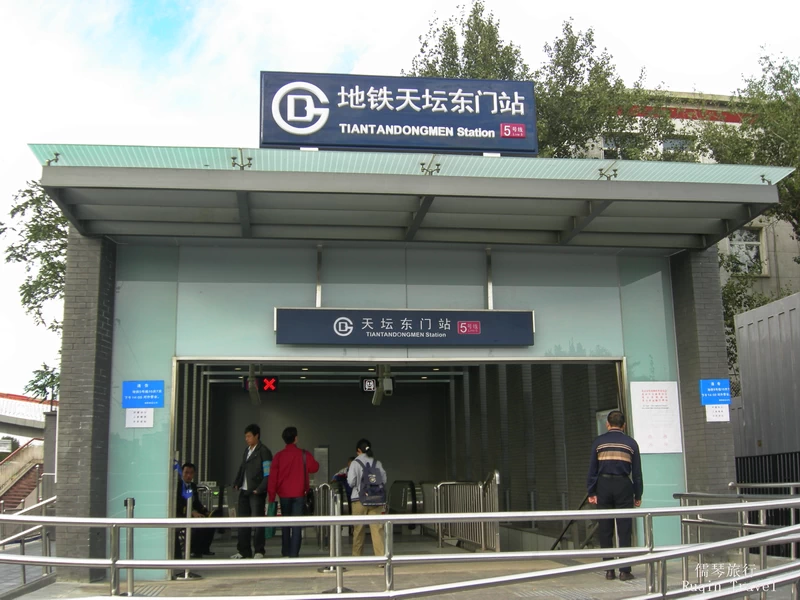
Operating from 5:00 am to 11:00 pm (Airport Express until 10:30 pm), the subway is accessible. Ensure you’re at the nearest station and use your ticket or Yikatong card at the turnstile. Trains run in opposite directions, so check the signs for the correct platform.

Inside, displays provide information and entertainment. For transfers, follow the “Transfer” signs. Exiting involves using your ticket or card at the turnstile and choosing the correct exit for your destination.
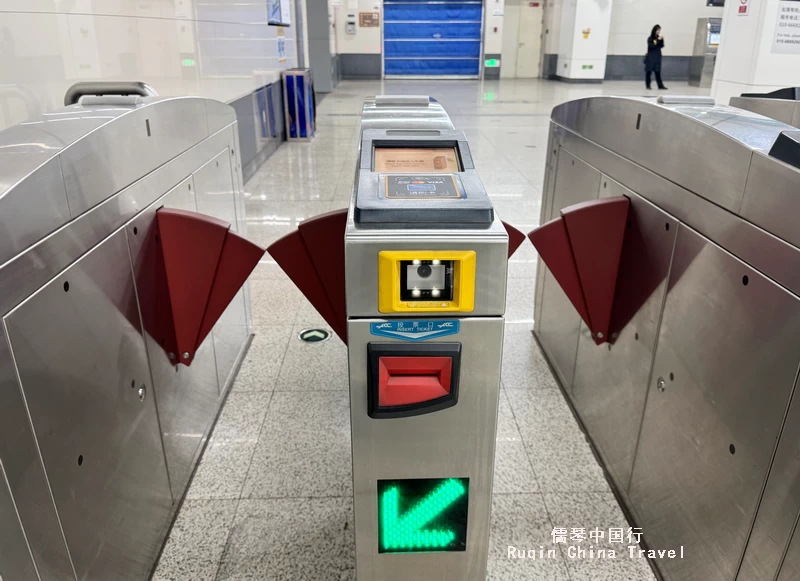
1. Understanding the Metro Map
Color-Coded Lines: Each subway line is color-coded for easy identification. Familiarize yourself with the colors of the lines you intend to use.
Station Names: Stations are indicated in both Chinese and English. Knowing the names of your departure and destination stations is crucial.
2. Planning Your Route
Mobile Apps: Use subway apps or online maps to plan your journey. These tools can suggest the quickest routes and provide real-time updates.
Transfer Points: Identify if you need to transfer lines to reach your destination and where these transfers occur.
3. Entering and Exiting Stations
Entrance Checks: All passengers go through a security check before entering the subway. Keep your bags ready for a quick scan.
Ticketing: Purchase a ticket or tap your Yikatong card at the turnstile. Keep your ticket for the entire journey as you’ll need it to exit.
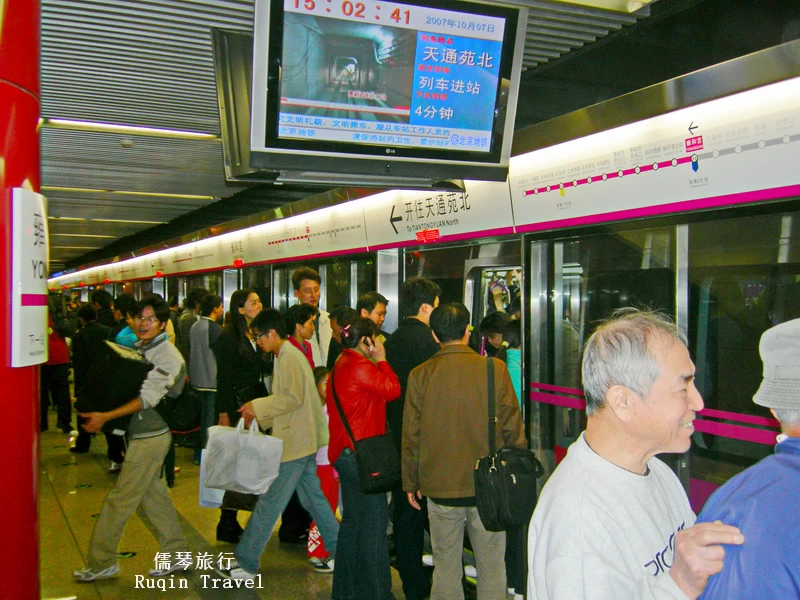
4. On the Platform:
Directional Signs: Check overhead signs to ensure you’re on the platform for the correct direction.
Waiting Area: Stand behind the yellow line for safety as trains approach.
5. Boarding the Train:
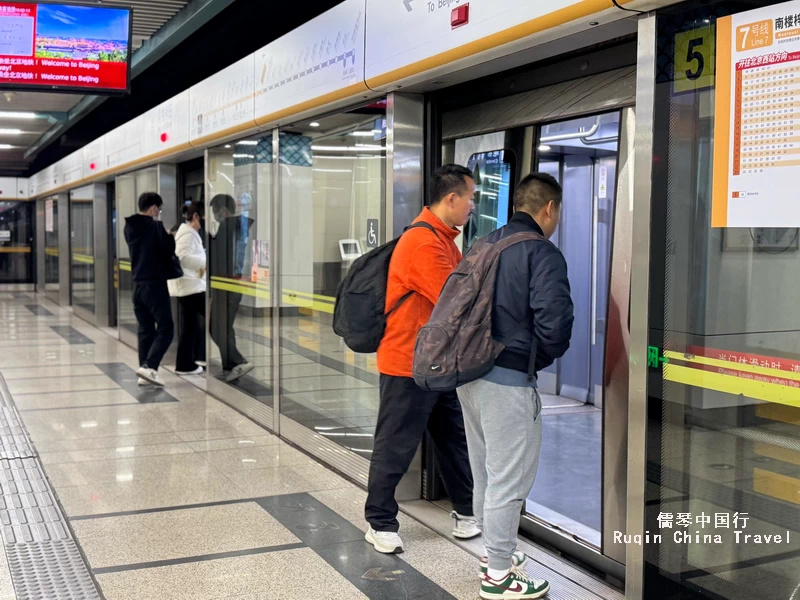
Let Passengers Off First: Allow passengers to alight before boarding.
Finding a Seat: Seats are on a first-come, first-served basis. Priority seating is available for elderly, disabled, and pregnant passengers.
Announcements are made in both Chinese and English. Digital displays also show the upcoming station. Hold on to the handrails if standing. Offer priority seats to the elderly, pregnant women, and those with disabilities.
6. During the Ride:
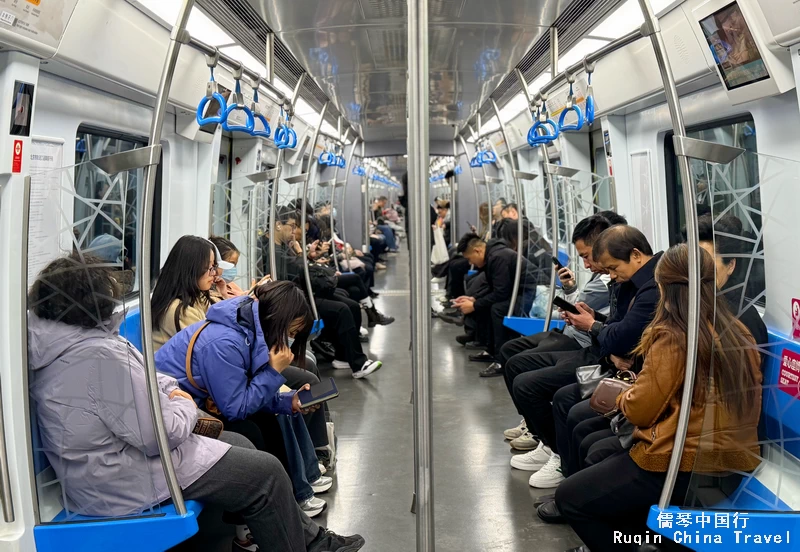
Announcements: Listen to announcements for your station in both Chinese and English.
Screen Display Signs: Inside the train, screens above each door and window show next stops and transfer information.
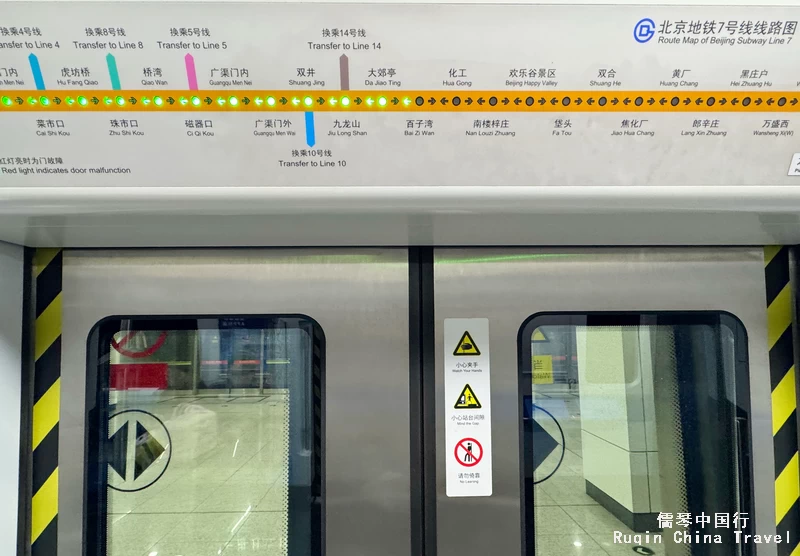
7. Transferring Lines
Follow Signage: For transfers, follow the signs to the next line. The transfer walkways are clearly marked and sometimes involve a bit of walking.
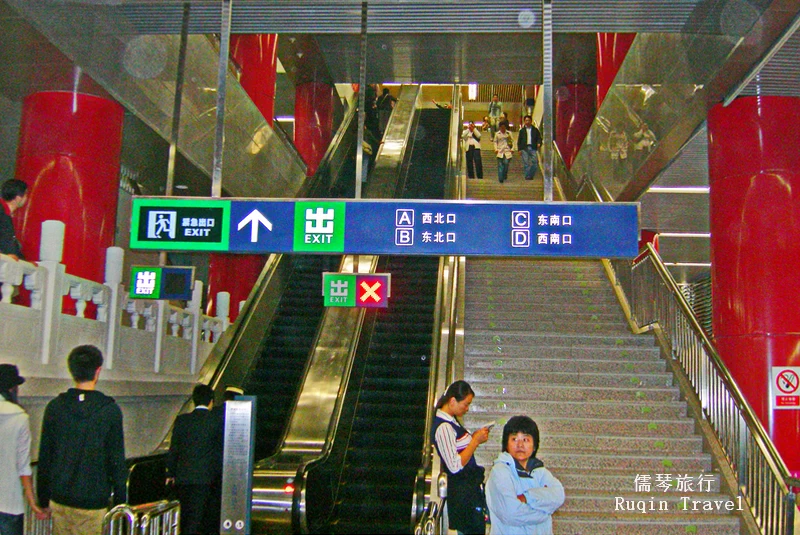
8. Exiting the Station:
Exit Signs: Each station has multiple exits. Check station maps or listen to announcements for the correct exit.
Exiting Turnstiles: Use your ticket or tap your Yikatong card ( Beijing Pass ) to exit.
9. Accessibility
The Beijing metro is equipped with facilities for passengers with disabilities. Elevators and ramps are available at most stations. There are also tactile paths for the visually impaired. Announcements and signs are in both Chinese and English, aiding navigation for all passengers.
10. Getting Help:
Information Desks: If you’re lost or need assistance, approach the information desks in stations.
11. Avoiding Peak Hours
Rush Hours: The subway can be extremely crowded during rush hours (7:00-9:00 am and 5:00-7:00 pm). If possible, travel outside these times.
By understanding these navigation tips, your experience on the Beijing Subway can be both enjoyable and efficient. It’s a fantastic way to explore the city, connecting you to Beijing’s many faces, from historic sites to bustling business districts.
Beijing Subway Tips
Downloading a Subway Map App: Before embarking on your journey, download a Beijing subway map app. This digital tool will help you navigate the system with ease.
Language Barrier: Most signages are in both Chinese and English. However, learning a few basic Chinese phrases can be handy, especially for asking directions.
Peak Hours Avoidance: The subway can get crowded during peak hours (7:00-9:00 am and 6:00-8:00 pm). If possible, plan your travel outside these times for a more comfortable experience.
Keep Small Change Handy: While Beijing Pass cards are convenient, having small bills and coins can be useful for single-ride tickets.
Security Checks: Be prepared for security checks at the subway entrance. Keep your bags ready for scanning to ease the process.
Station Exit Signs: Pay attention to the exit signs within the station. They often indicate nearby landmarks, making it easier to find your way.
Mobile Connectivity: Most subway lines have good mobile network coverage. This can be helpful for live navigation and staying connected.
Respect Subway Etiquette: Queue up for trains, allow passengers to alight before boarding, and always stand on the right side of escalators.
Frequently Asked Questions
- Can I bring luggage on the subway? Yes, but ensure it’s not too bulky to avoid inconvenience to other passengers.
- Is there Wi-Fi on the subway? As of now, most Beijing subway lines do not offer Wi-Fi. However, mobile data works well.
- How do I find the timetable for the first and last trains? Timetables are available on the Beijing Subway’s official website and at the stations.
- Are there facilities for disabled passengers? Yes, most stations are equipped with facilities like elevators and ramps for the convenience of disabled passengers.
- Can I eat or drink on the subway? Eating is discouraged on the trains. However, you can carry and drink water.
- What if I lose something on the subway? Contact the nearest station staff or call the subway’s lost and found center.
- What payment methods are accepted for subway tickets?
Beijing subway stations accept various payment methods, including cash, contactless cards, and popular mobile payment apps like Alipay and WeChat Pay. You can also use a Beijing Transportation Smart Card (Beijing Pass or Yikatong) for convenient tap-and-go access. - Are there any peak hours I should avoid?
Yes, peak hours in Beijing are typically from 7:30–9:30 AM and 5:30–7:30 PM on weekdays. The trains can be very crowded during these times, so if possible, plan your travel outside of these hours for a more comfortable experience.

Pay attention to the safekeeping of your belongings: Beijing stations are crowded, and items such as bus cards and mobile phones are easily lost in the crowd, and it takes a while to go to the lost and found. Using Custom Lanyards is a good way. Hanging it around your neck is not only not easy to lose but also convenient to use. In terms of appearance, you can also choose your favorite pattern or element to DIY a ribbon you like, which is both unique and beautiful.
Whether you’re a first-timer or a seasoned traveler, the Beijing subway promises a unique and efficient way to explore the city. So, grab your map, charge your Beijing Pass card, and get ready to dive into the heart of Beijing, one subway stop at a time.
More Beijing Travel Guides
Planning your Beijing tour? Our “Beijing Travel Guide“ section offers essential advice to help you navigate the city like a pro. From transportation tips and local customs to insider recommendations for hidden gems, these travel tips will ensure you have a smooth, enjoyable, and unforgettable experience in China’s vibrant capital. Let us guide you through the best practices for exploring Beijing with confidence!

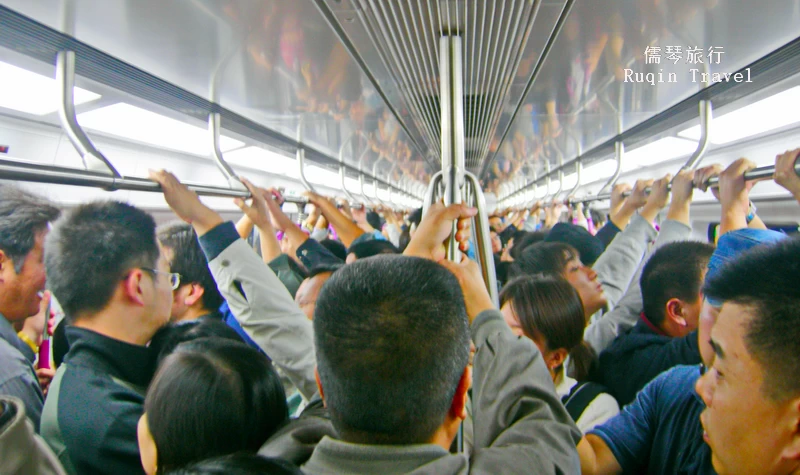

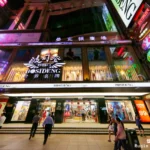
Can tourists buy the Beijing Yikatong Card or a single subway ticket from the vending machine with their passport or is a Chinese ID required? There are tourists who say they have not been able to because they are foreigners and need a Chinese identity document.
Is there an unlimited daily metro pass, and where could I buy it?
Thank you
Hi Cristina,
Two pieces of good news!
1) Buy Subway tickets using your credit card and in future you can use your credit card to swipe through the gates!
To enhance the payment convenience for foreign passengers using the subway, starting from June 1, POS machines have been installed at 335 stations across 17 lines under the management of Beijing Subway. Foreign passengers can use these machines to pay for tickets and travel using foreign bank cards. In the near future, services such as using MasterCard and other international cards to swipe through gates, purchase single journey tickets, and pay for additional tickets will be gradually implemented.
2) Beijing Pass for foreigners ( to replace Yikatong Card)
Meanwhile, to facilitate the smooth launch of the BEIJING PASS international card, subway stations are currently undergoing on-site testing. It is expected that the Beijing card will be available for sale to foreign nationals at the “Seven Stations and Two Airports” (the seven major railway stations and two airports) subway stations, allowing foreign friends to use the card for gate access on Beijing’s rail transit system. So as an international traveler, you will have the newly created Beijing pass to go around Beijing.
Have a nice trip!
Hi, I will arrive in Beijing airport PEK on October 21th. In case the Beijing Pass is not available, can you send a picture of the POS machine at PEK, so I can buy the tickets using international credit card?
Hi Tanya Martinez,
Welcome to Beijing! Sorry, we cannot catch the meaning of “sending a picture of the POS machine”. Which airport? Beijing Capital Airport or Beijing Daxing Airport? Basically you can use your credit card in Beijing. Everything will be all right when you arrive at Beijing. Have a nice time in Beijing!
Hey Ruqin, thanks for this detailed guide! Can I purchase the Beijing pass by card at the airport or will I need cash for that?
Hi Arianna,
Thanks for your kind words! You are able to purchase Beijing Pass at the Beijing airports with your credit card. Have a nice trip to Beijing!
Hi Ruqin, I plan to go to Beijing and Xi’an in December and it will be my first time in China. Can I use Alipay for the metro and subway in both cities?
Hi Dewi,
Yes, you can use Alipay to pay for subway fares in Beijing and Xi’an.
In Beijing, passengers can use Alipay to scan a QR code for subway access. The steps to get the QR code (the ride code) are as follows:
Open the Alipay app and go to the home page.
Enter “Yitongxing” (亿通行)in the search bar. After entering the Yitongxing page, select “Ride Code.”
Agree to the relevant terms, obtain the ride card, and enter your payment password.
Once the ride code is generated, scan it at the entrance to take the subway.
In Xi’an, passengers can also use Alipay to scan a QR code for subway access. The steps are as follows:
Obtain the Xi’an electronic subway card for free through Alipay.
Scan the code to ride, no need to queue for tickets, saving time.
Additionally, over 200 cities nationwide, including Nanjing and Hangzhou, support Alipay QR code subway rides.
No worry. It just takes some patience for the first time. Any problem, just turn to your hotel in Beijing for help.
Have a nice trip to Beijing!
Ruqin China Travel
Daniel Li
Hi,
I just couldn’t understand if it is possible to use Beijing Pass all over China…?
Hi Malu,
Basically Beijing Pass is mainly used in Beijing. We suggest you download Alipay App or WeChat App to your cell phone. You can pay Subways and buses in almost all the major cities in China. You use the QR Code Generated by Alipay to scan on the bus, taxi and subway. It is a breeze to go around in China. Below is the sample of the QR code:
Hope this message will be a bit helpful for you. Have a nice trip to China!